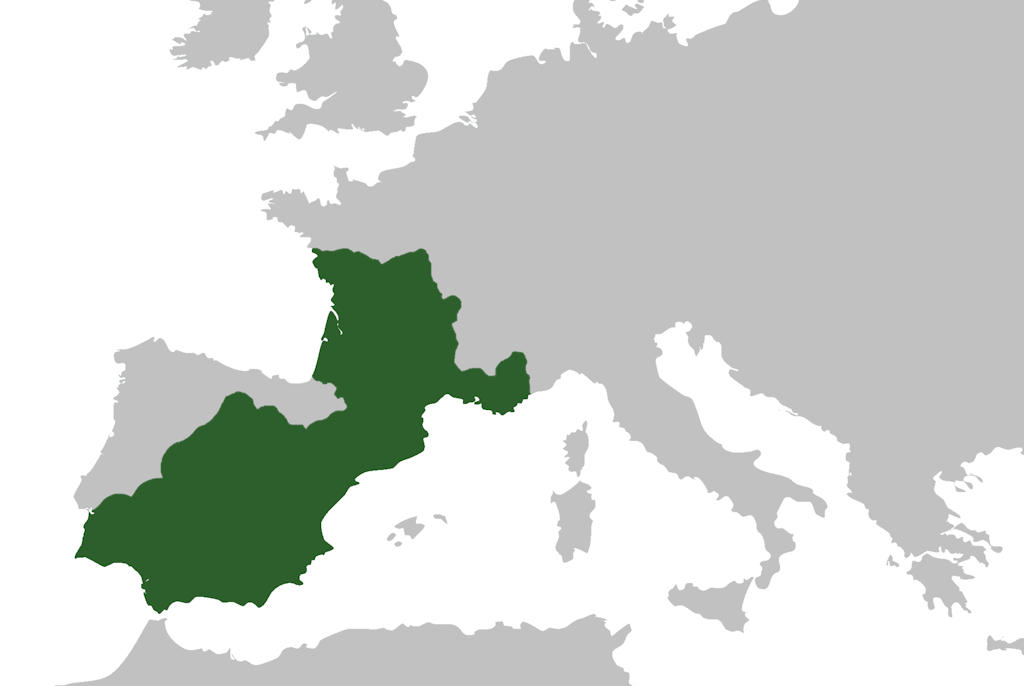Visigothic rule in Lisbon brought about notable changes in politics, culture, and religion. The Visigoths established their own administrative system, and the city became a political and cultural center for the kingdom. However, their rule was marked by internal power struggles and conflicts, making it a tumultuous era for Lisbon and the Visigothic kingdom as a whole.
One of the significant aspects of Visigothic rule was the spread of Arian Christianity. The Visigoths, who followed this Christian sect, introduced their religious beliefs to the local population. Churches and religious institutions were built, reflecting the influence of Arian Christianity in Lisbon during this period.
Lisbon.vip Recommends
However, the Visigothic rule over Lisbon came to an end with the arrival of the Muslim conquest in the early 8th century. The Islamic forces rapidly conquered the Iberian Peninsula, bringing an end to the Visigothic kingdom and ushering in a new era for Lisbon and the region.
The Visigothic rule over Lisbon may have been relatively short-lived, but its impact on the city's history cannot be overlooked. It serves as a reminder of the intricate historical layers that have shaped Lisbon's identity and cultural heritage. Exploring this forgotten era unveils a chapter of history that illuminates the complexities of the Iberian Peninsula and adds depth to our understanding of Lisbon's rich past.



